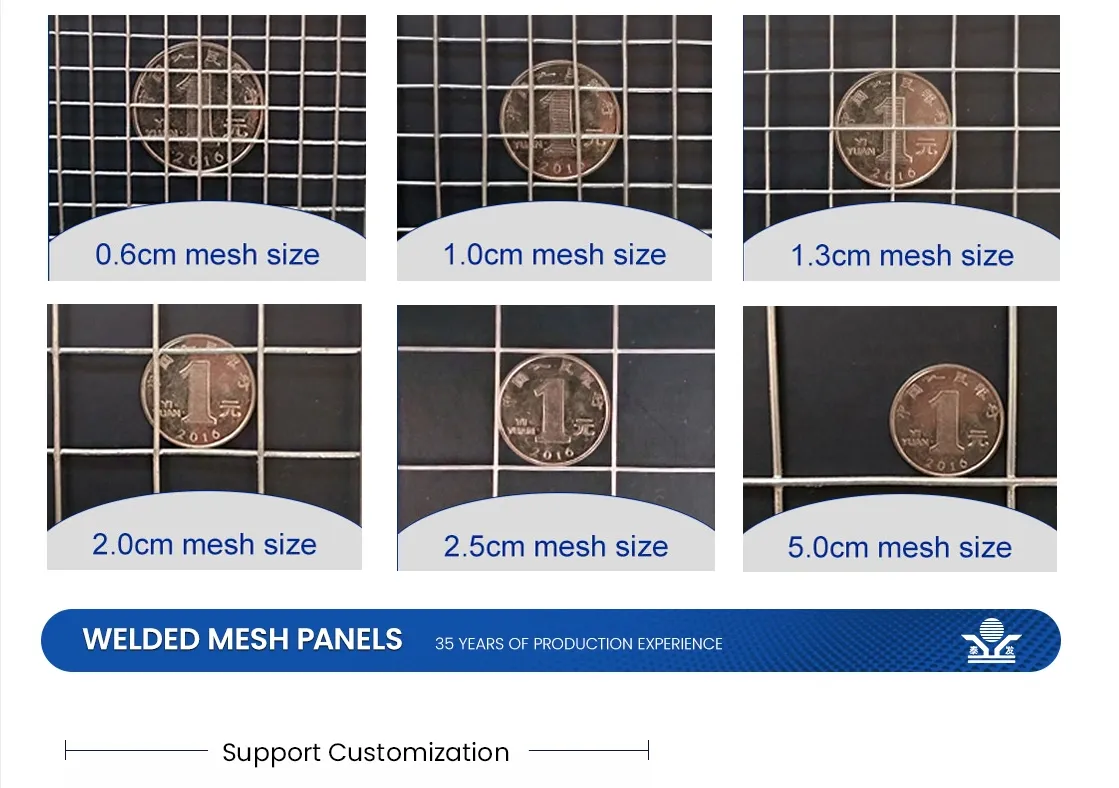Understanding Noise Barriers An Essential Feature in Modern Urban Planning
In an increasingly urbanized world, the challenges posed by noise pollution have become more pressing than ever. One of the most effective solutions to mitigate this issue is the implementation of noise barriers. Noise barriers are structures designed specifically to shield communities and the environment from unwanted sound, particularly from highways, railways, and industrial areas. Understanding their importance, design, and functionality is crucial for fostering healthier living environments.
The Necessity of Noise Barriers
As cities grow and transportation networks expand, noise pollution has emerged as a significant environmental concern. Studies have shown that prolonged exposure to high levels of noise can lead to various health problems, including stress, sleep disturbances, and hearing loss. In urban areas, where the cacophony of vehicles, construction, and industrial activities is constant, the need for effective noise control measures is essential. Noise barriers serve as a primary line of defense against intrusive sounds, improving the quality of life for residents in affected areas.
How Noise Barriers Work
Noise barriers operate on a straightforward principle they absorb or deflect sound waves, thereby reducing the amount of noise that reaches nearby communities. Typically constructed from materials such as concrete, metal, or wood, these structures can be found alongside highways, railroads, and other significant noise sources. The height, length, and thickness of the barriers play critical roles in their effectiveness. Generally, taller and longer barriers provide better sound attenuation, as they create a physical obstruction that sound waves cannot easily bypass.
In addition to their primary function of reducing noise, some noise barriers are designed with aesthetic considerations in mind. They can be constructed to blend into the surrounding environment, featuring landscaping, artwork, or reflective materials. This dual purpose not only enhances urban landscapes but also creates a more enjoyable experience for residents and passersby.
Types of Noise Barriers
Various types of noise barriers exist, each catering to specific needs and environments
what are noise barriers

1. Solid Barriers These are the most common form and are typically made from concrete or masonry. They provide significant noise reduction but can be visually imposing.
2. Aesthetic Barriers Combining functionality with art and design, these barriers seek to minimize noise while enhancing the visual quality of an area. They may feature murals or green walls to promote local culture.
3. Earth Mounds Also referred to as berms, earth mounds use natural materials to create noise barriers. They blend more seamlessly with the environment and provide additional benefits, such as rainwater absorption and habitat for wildlife.
4. Absorptive Barriers Constructed from materials designed to absorb sound rather than reflect it, these barriers are effective in reducing noise levels. They help mitigate echoes and allow for a quieter environment.
Benefits Beyond Noise Reduction
The advantages of noise barriers extend beyond merely reducing sound levels. They also contribute to environmental preservation and community well-being. By decreasing noise pollution, these structures help create a more inviting atmosphere for recreational activities, such as parks and gardens. Furthermore, their presence can increase property values, as quieter neighborhoods are often more desirable to potential homebuyers.
Moreover, noise barriers can play a role in enhancing wildlife habitats by providing a shield from urban interference. This function is increasingly important as ecological preservation becomes a key component of urban planning.
Conclusion
In summary, noise barriers are a vital aspect of modern urban planning, providing both functional and aesthetic benefits. As cities continue to expand and the challenges of noise pollution grow, the implementation of effective noise barriers will be an essential strategy to protect public health and enhance quality of life. By understanding their importance and exploring innovative designs, we can create urban environments that are not only quieter but also more livable. Investing in noise barriers ultimately means investing in the well-being of communities, making them a fundamental component of sustainable urban development.
-
Why Galvanized Trench Cover Steel Grating Resists Corrosion
NewsJul.10,2025
-
The Versatility and Strength of Stainless Expanded Metal Mesh
NewsJul.10,2025
-
Load Calculations in Steel Grating Platforms
NewsJul.10,2025
-
Keeping Pets and Kids Safe with Chicken Wire Deck Railing
NewsJul.10,2025
-
Hole Diameter and Pitch for Round Perforated Metal Sheets
NewsJul.10,2025
-
Aluminium Diamond Mesh in Modern Architecture
NewsJul.10,2025
Subscribe now!
Stay up to date with the latest on Fry Steeland industry news.

